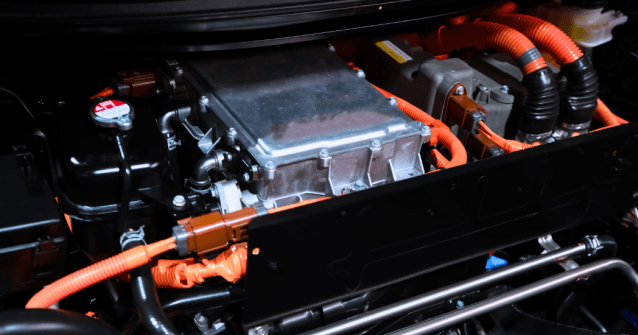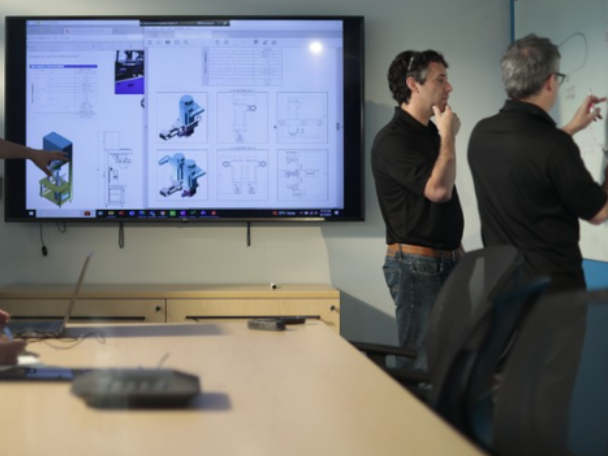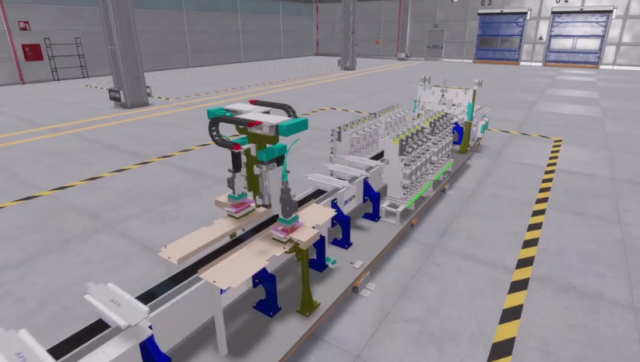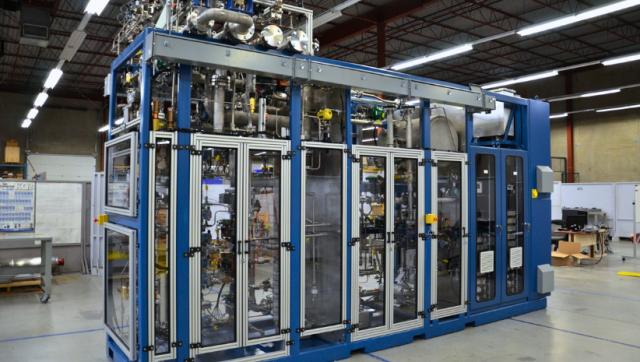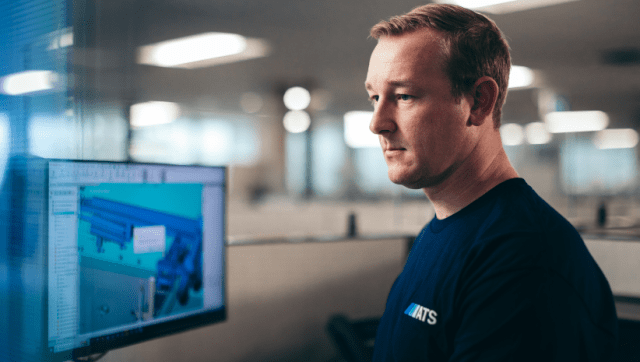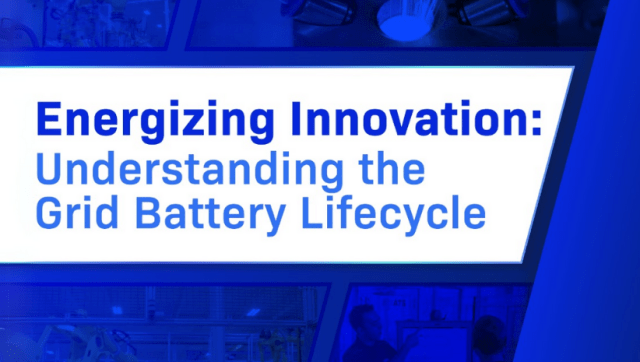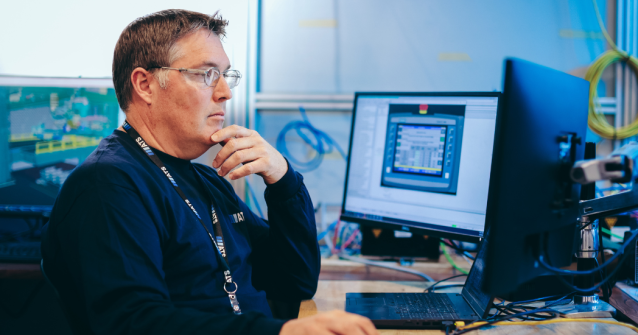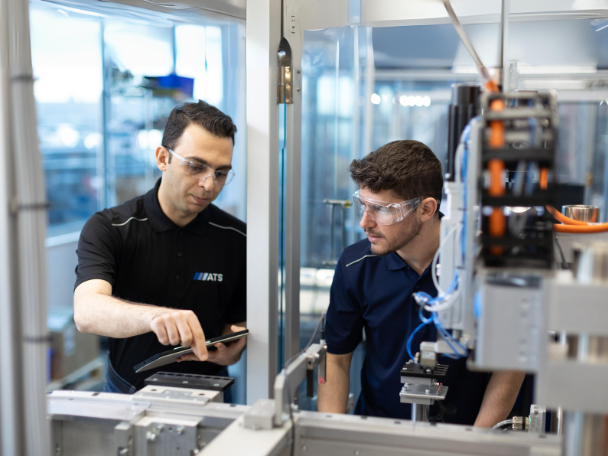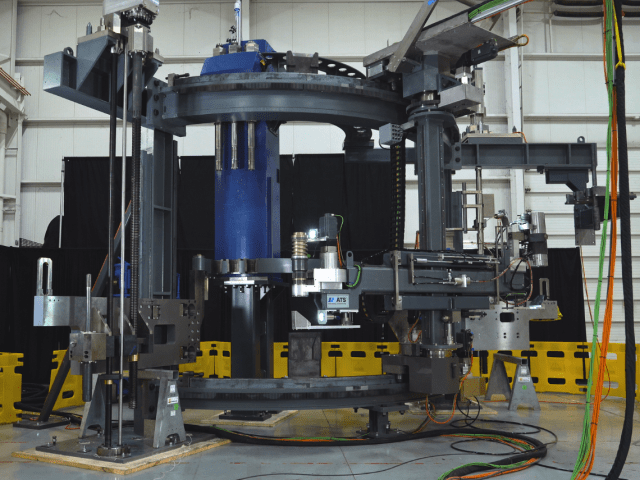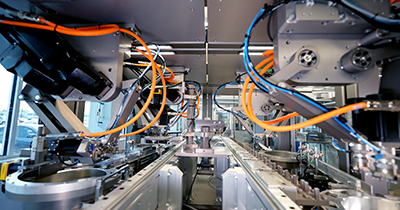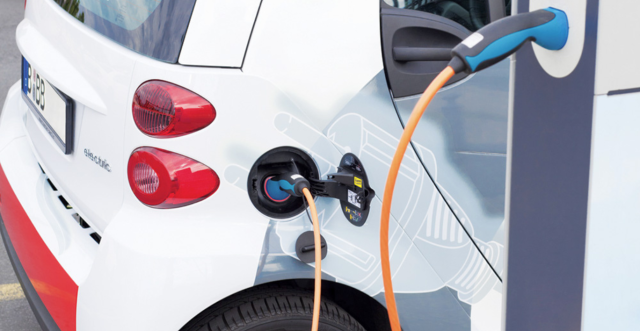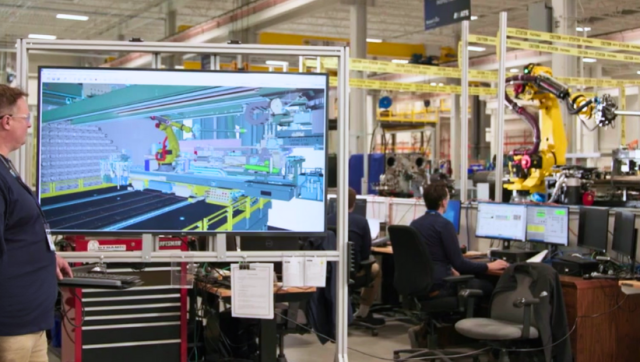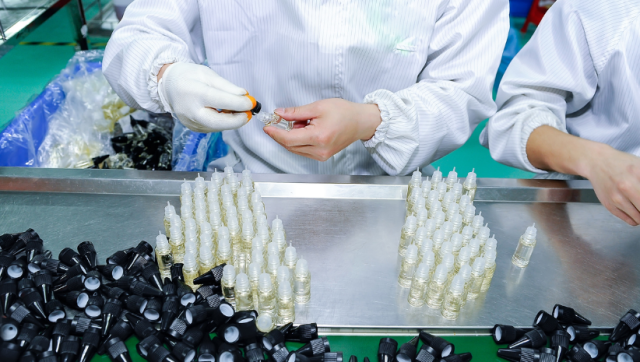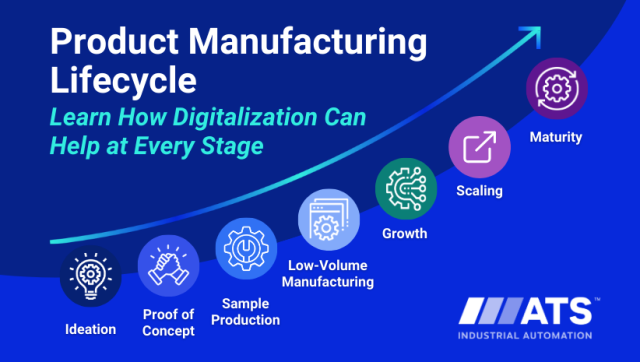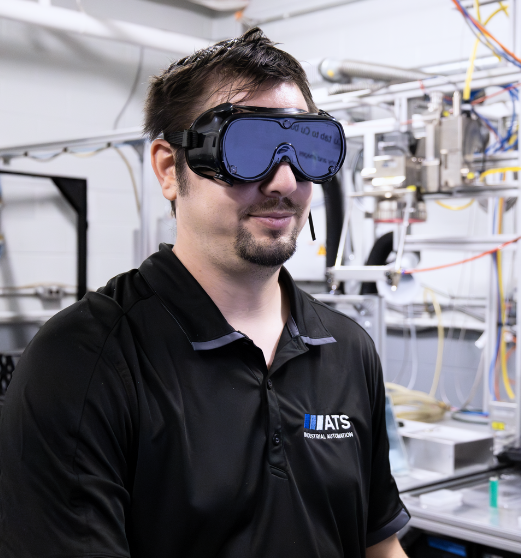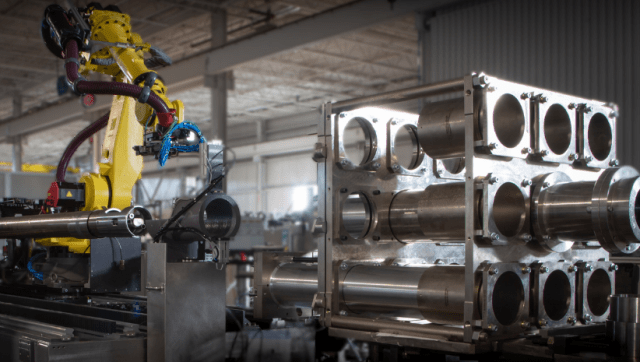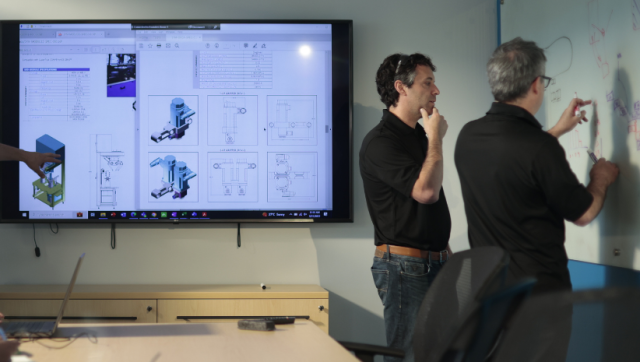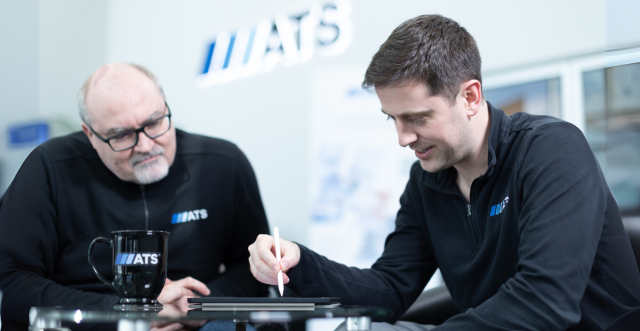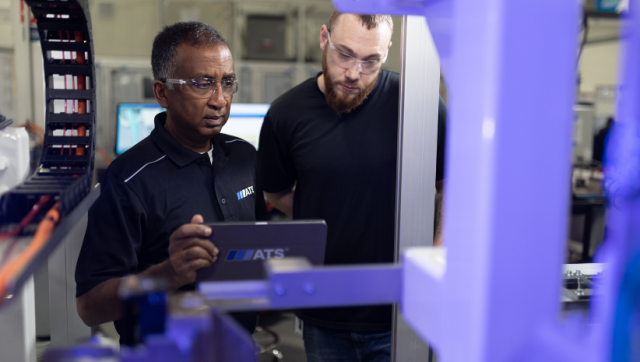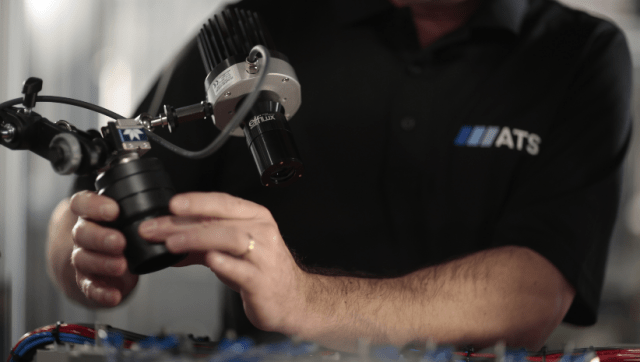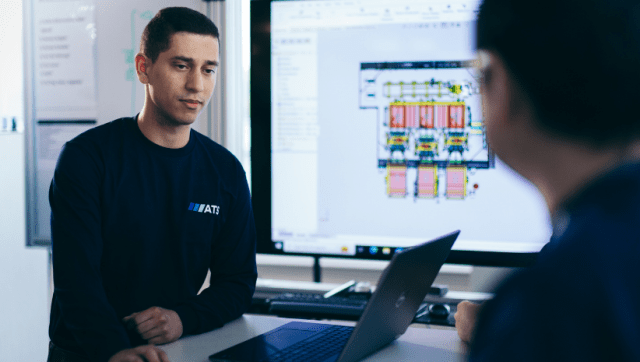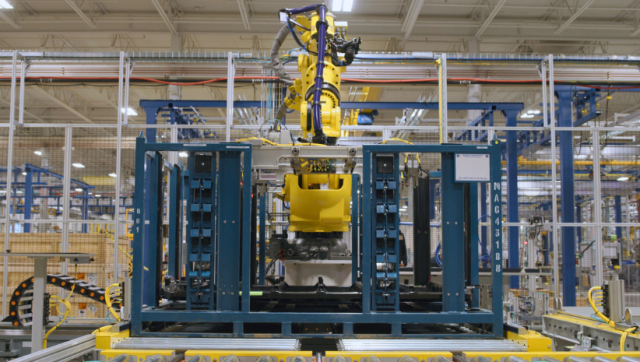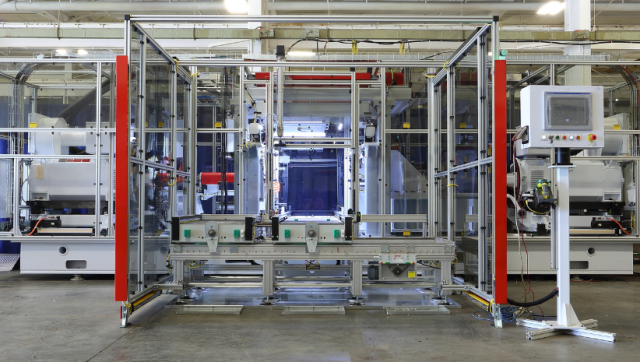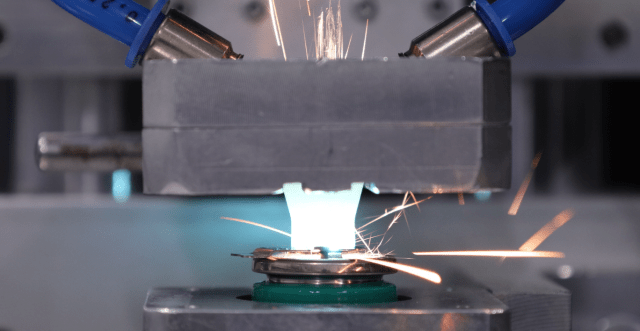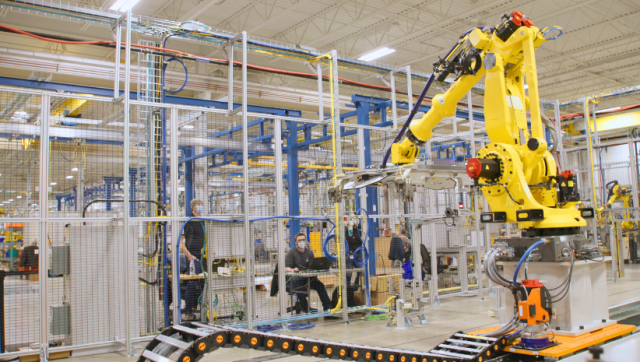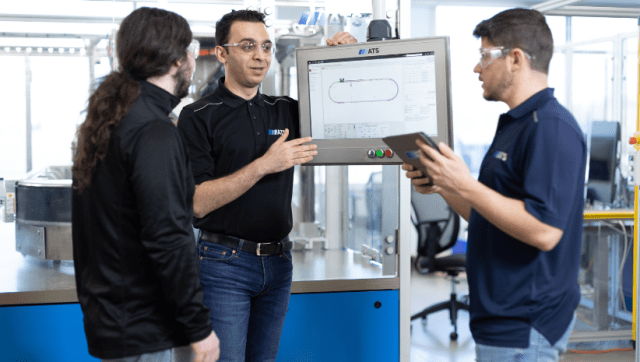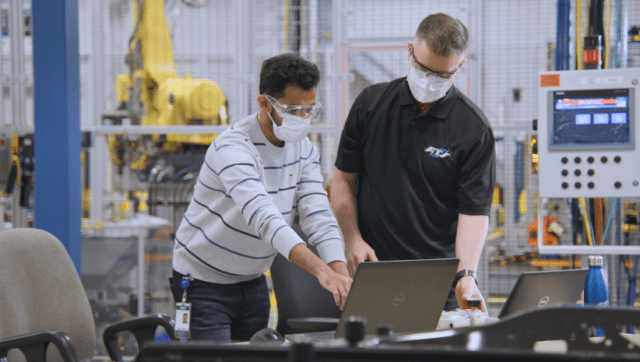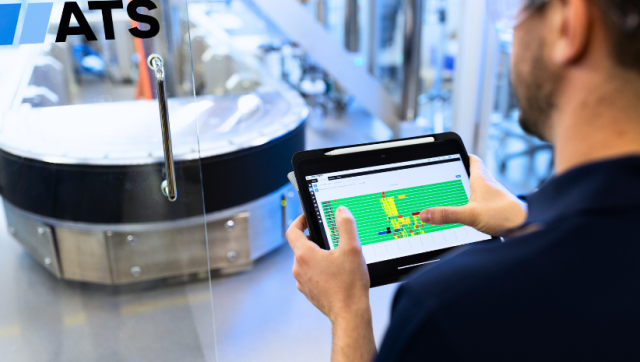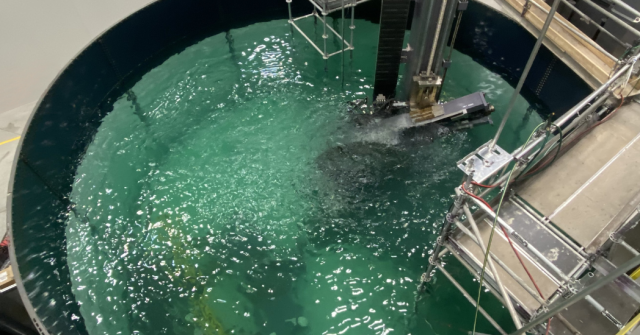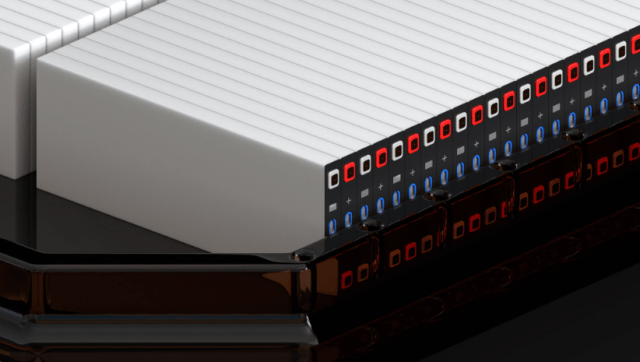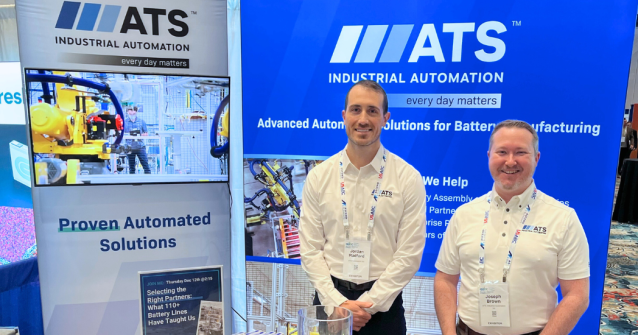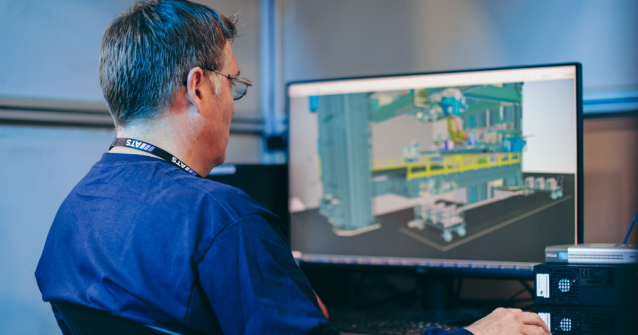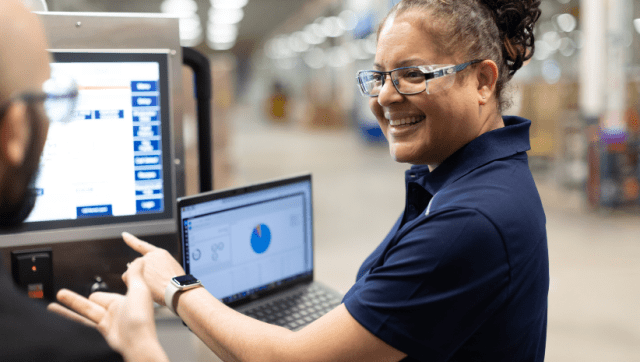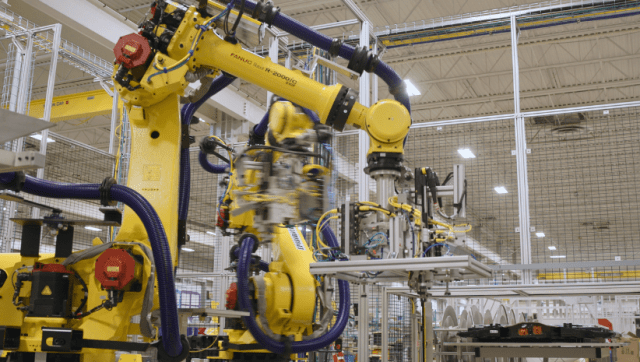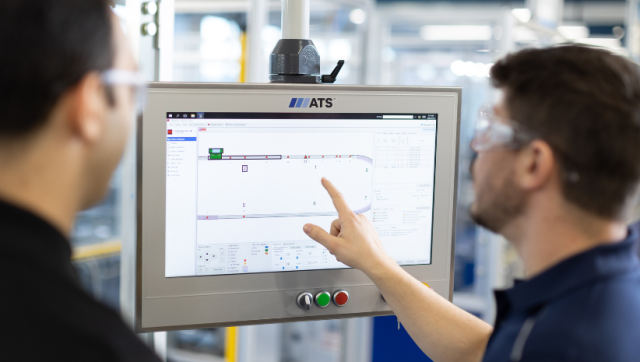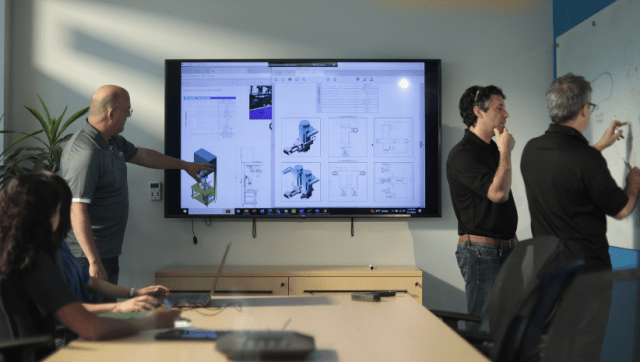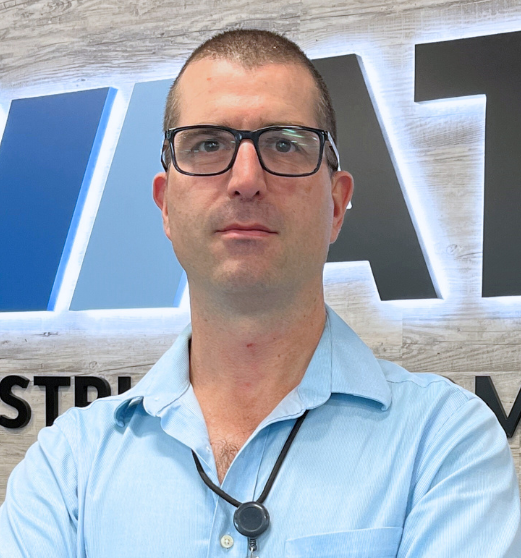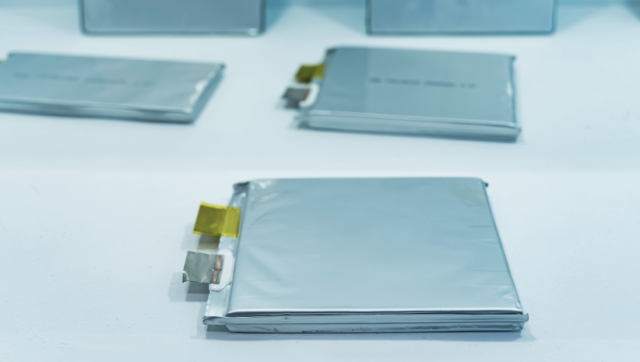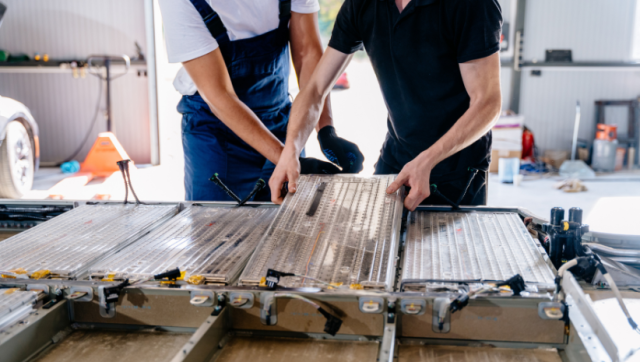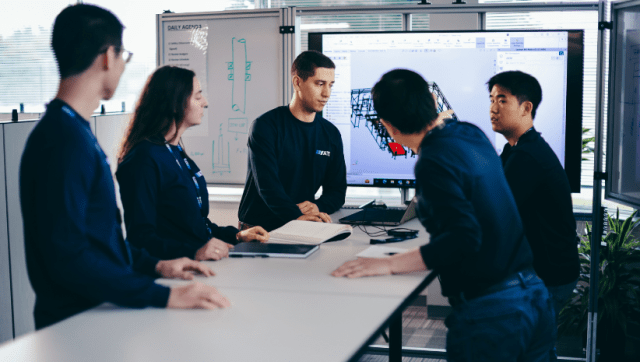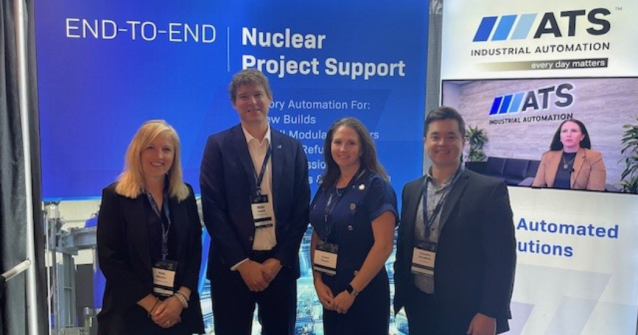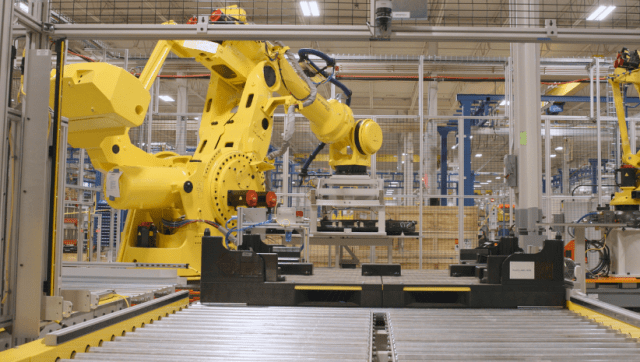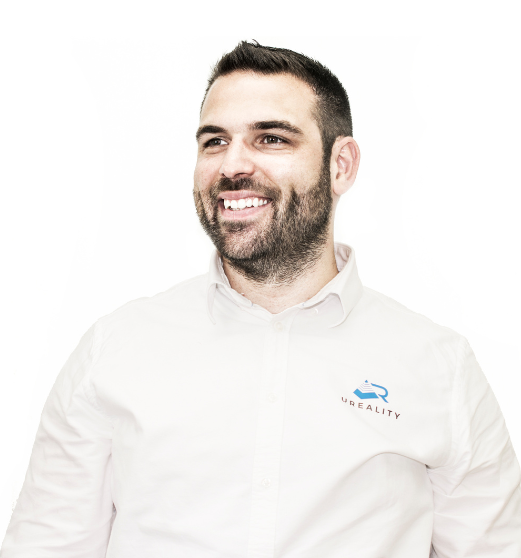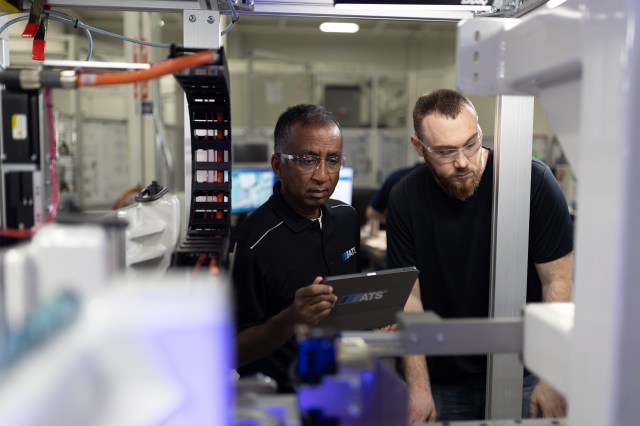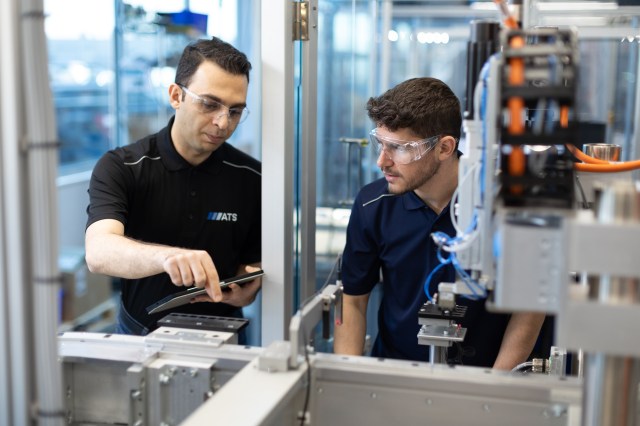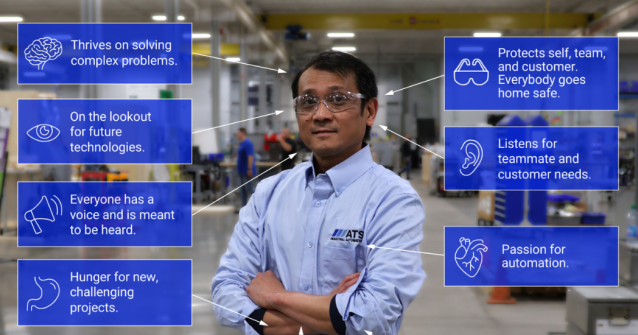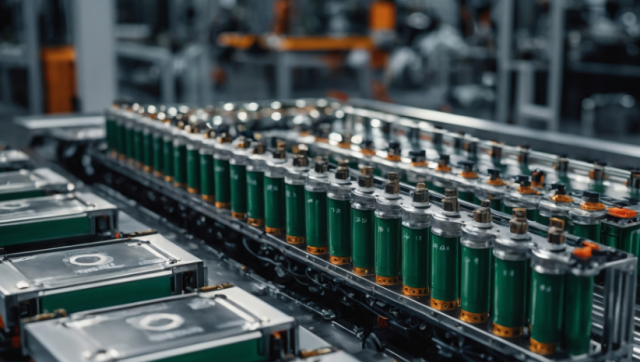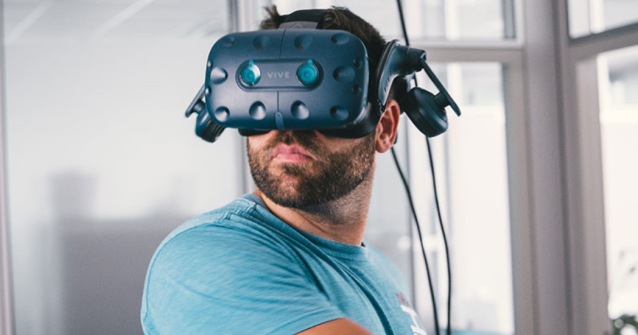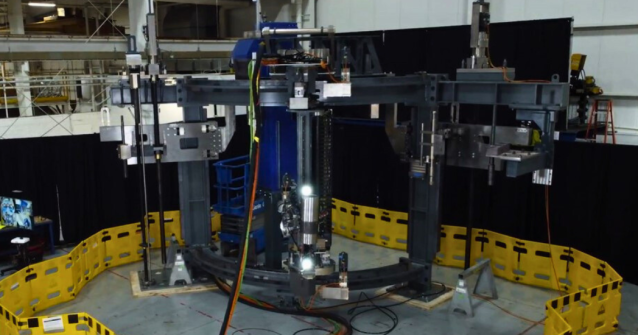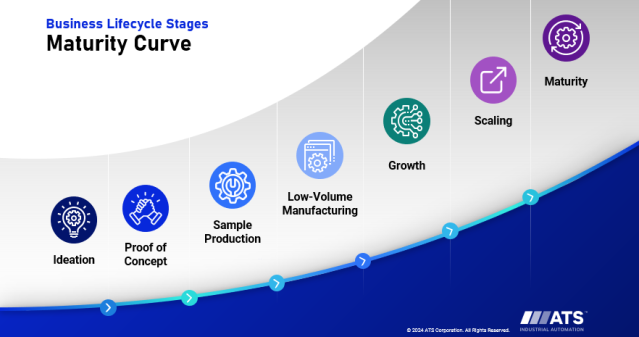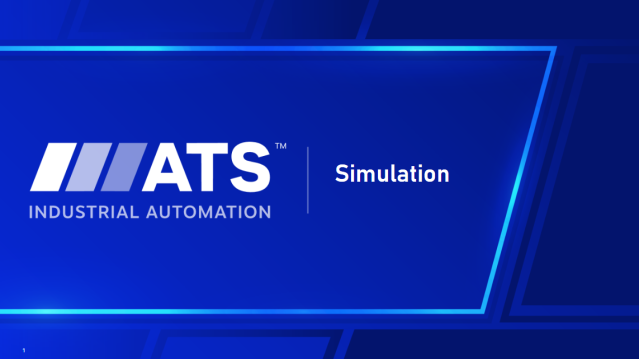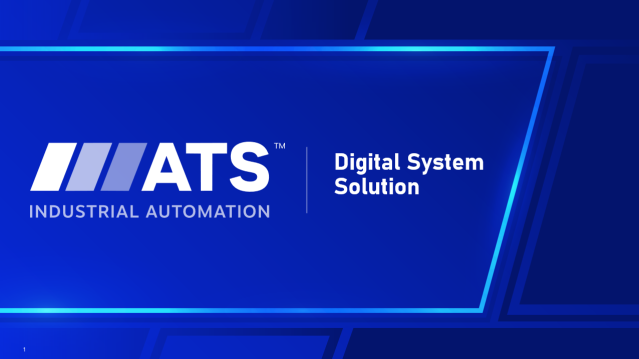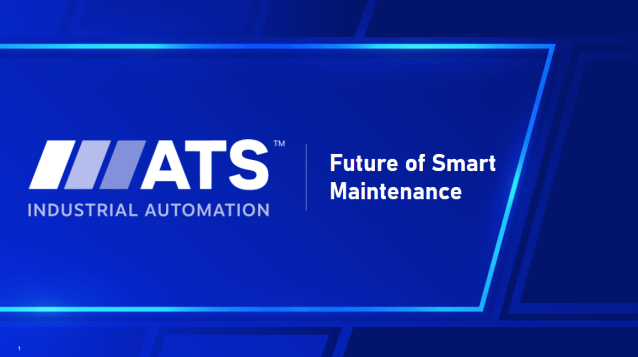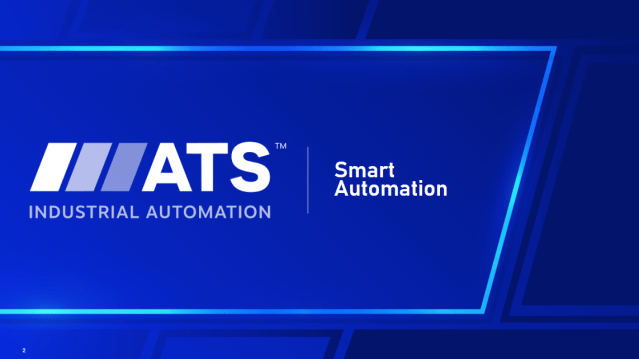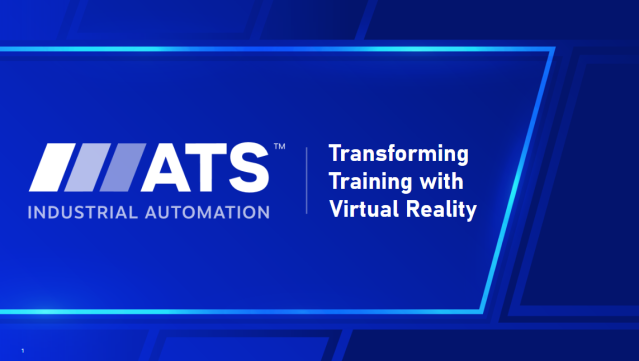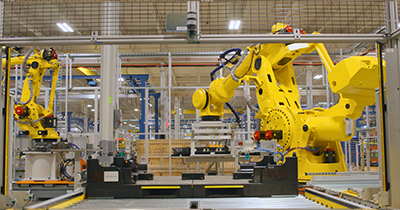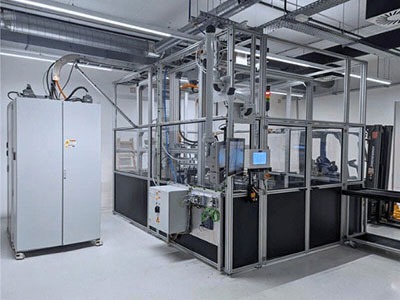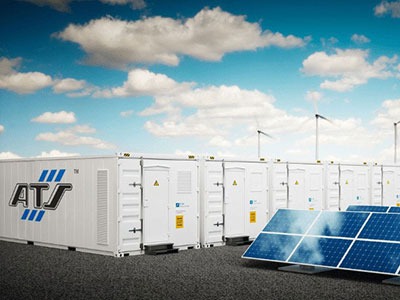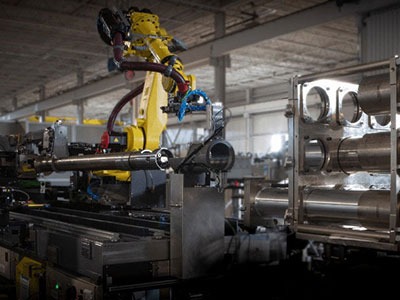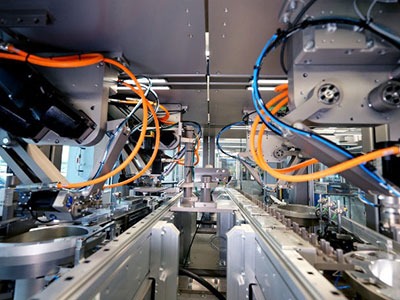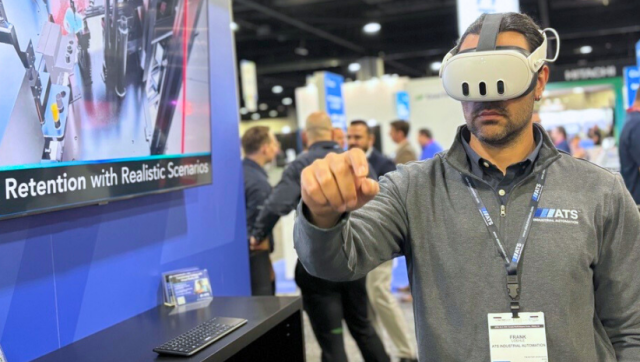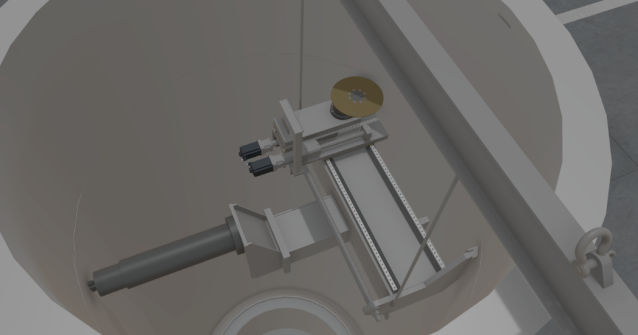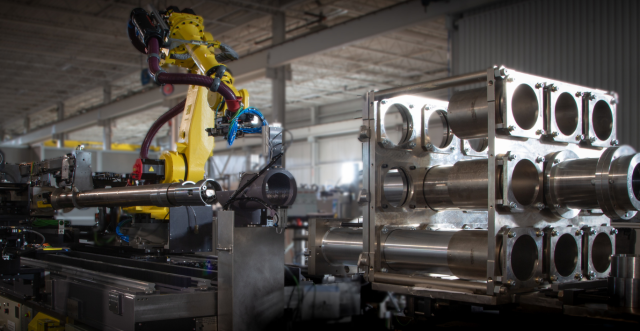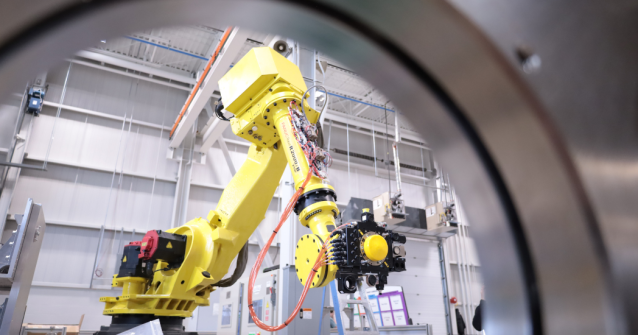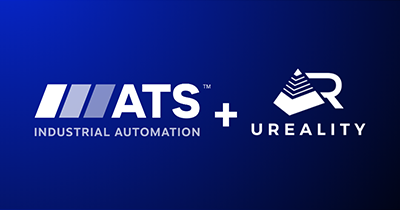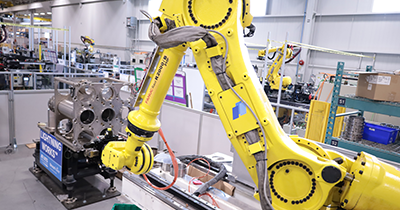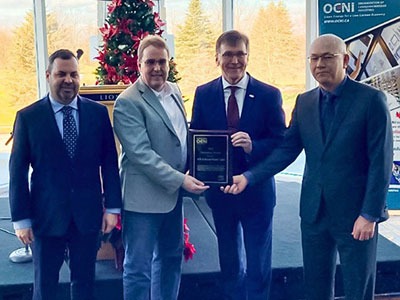
Prototype equipment—also commonly referred to as pilot equipment or pilot lines—is early-stage, custom-built automation designed to validate product designs, test manufacturing processes, and de-risk manufacturing before moving to full-scale production. It plays a critical role during pre-automation, helping manufacturers move from concept to scaled production with greater confidence.
Unlike proof-of-concept setups, prototype equipment is more mature, often capable of turning out a saleable product. It allows teams to test cycle times, refine quality standards, and validate automation strategies before committing to full-scale investment.
Manufacturers choose ATS Industrial Automation for pilot equipment because we can manage the entire lifecycle—from early-stage feasibility to high-volume production. Our approach combines deep automation expertise with simulation, digital twin technology, and pre-automation services to ensure we build every system with production in mind. We help manufacturers identify where to invest, what to prototype, and how to scale—while maintaining continuity across teams, documentation, and technical knowledge.
Challenges Prototype Equipment Helps Solve
Unproven Processes: Prototype equipment enables manufacturers to test new or complex processes before scaling. This helps avoid automating inefficient workflows or redundancies that could hinder system performance.
High Initial Costs: With prototype equipment, manufacturers can prioritize validating critical processes before investing in full-scale systems. This provides greater clarity into what full-scale systems will eventually need to look like, and improves understanding of the overall business case and capital equipment investment plan.
Production Delays: Pilot equipment helps identify potential risks, missing information, or design flaws early in the development cycle—reducing the likelihood of delays during production ramp-up.
Safety Concerns: By testing processes in a controlled environment, manufacturers can identify hazards and implement the right safety controls before scaling.
Evolving Product Designs: Prototype equipment provides a flexible, cost-effective platform for testing product iterations and refining designs—without needing to modify full-scale systems.
Limited Internal Resources: For teams without in-house automation or industrial engineering expertise, prototype equipment offers a structured way to explore automation with the support of experienced partners.
Every automation project is unique. Allow us to listen to your challenges and share how automation can launch your project on time.
Our Approach to Prototype Equipment
At ATS, we design prototype equipment that’s flexible, scalable, and aligned with each customer’s long-term production goals.

Discovery & Requirements Definition
We start by understanding your product, processes, and goals. Even if your requirements are still evolving, we help document and prioritize them.
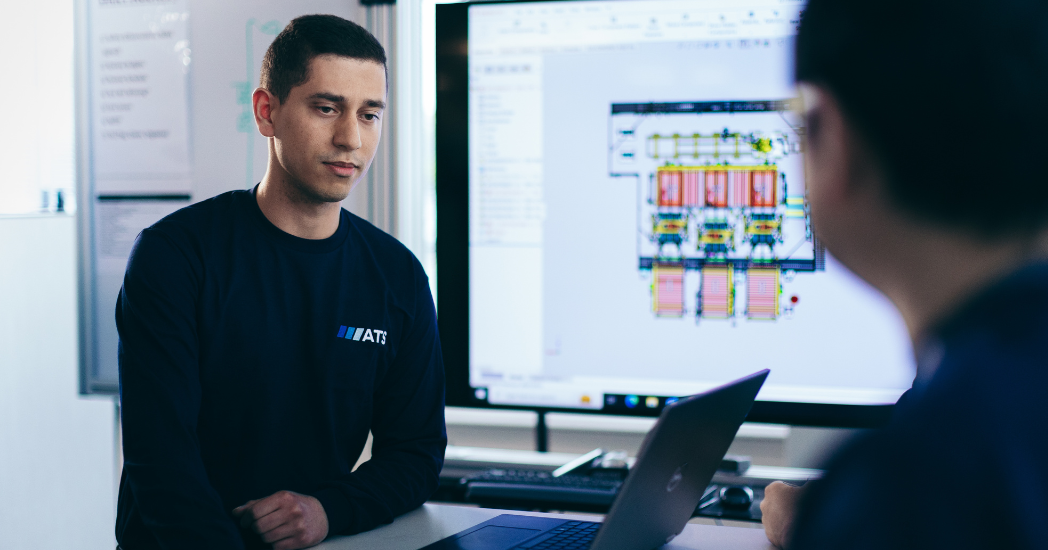
Right-Sized Engagements
Whether it’s one high-risk process or an entire pilot line, we tailor the scope based on your needs and unique challenges.
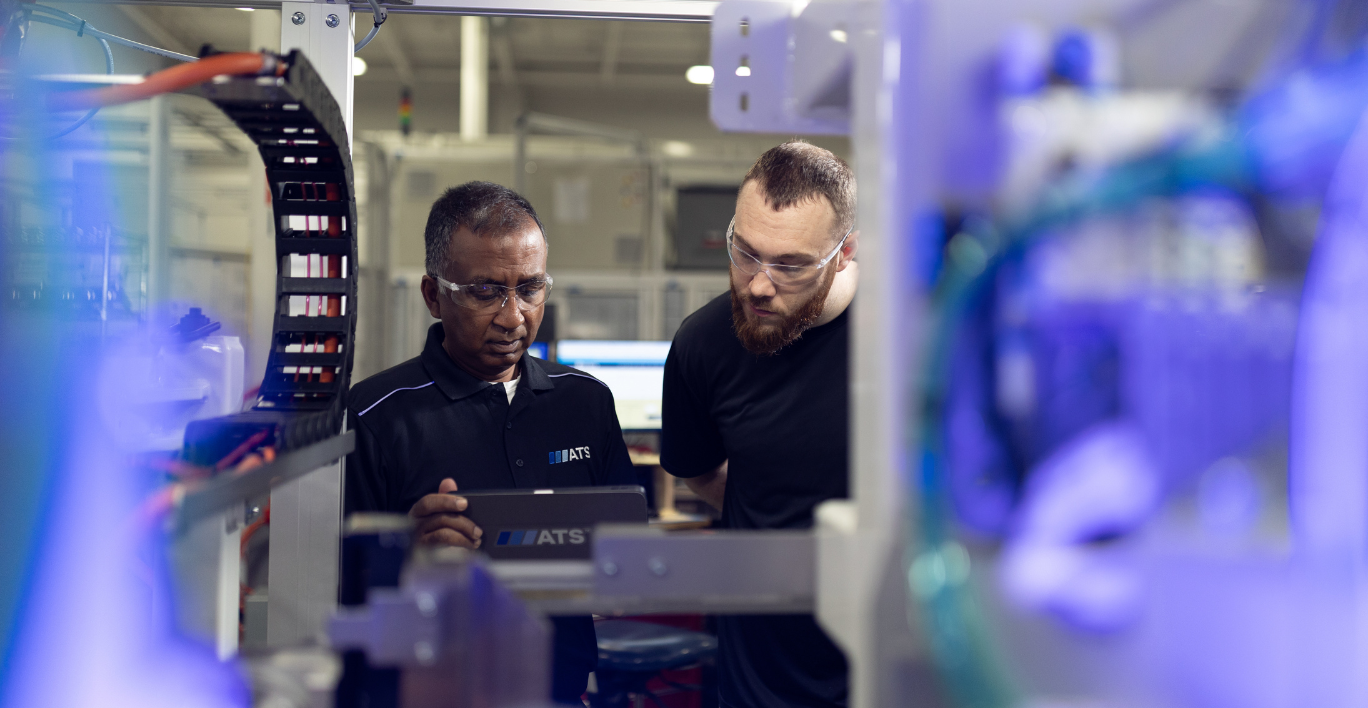
Iterative Development
We build flexible prototype systems, allowing for design changes, process refinements, and learnings that inform the final production system.

Seamless Transition to Production
Our teams manage the full lifecycle, ensuring continuity, documentation, and knowledge transfer as manufacturers navigate each stage.
Benefits of Prototype Equipment
Investing in pilot equipment offers manufacturers several strategic advantages:
Faster Time-to-Market
Validate and refine processes early to accelerate production readiness.
Lower Cost of Change
Identify and resolve issues before they become expensive to fix in the final system.
Improved Product Quality
Use real-time data to optimize assembly, inspection, and handling.
Funding Support
Demonstrate capability to internal or external stakeholders, investors or grant-making agencies with working systems.



